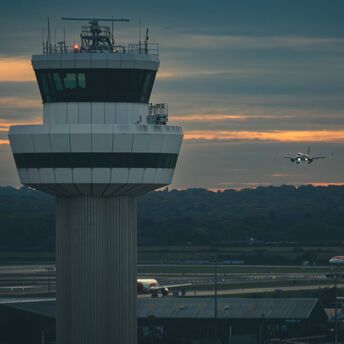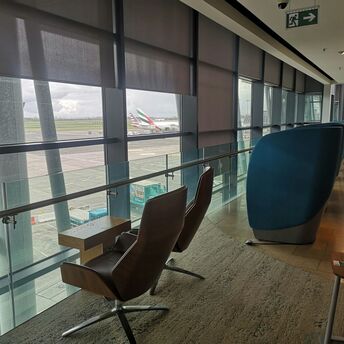Cyberattack at Seattle Airport: Thousands of Passengers and Operations Disrupted

A major cybersecurity breach has led to extensive disruptions at Seattle-Tacoma International Airport (SEA-TAC), significantly impacting its critical operational systems. The event, which began on Saturday morning, resulted in a loss of internet connectivity and the disabling of electronic display boards. These complications have adversely affected flight management, leading to delays and the cancellation of over 400 flights throughout the weekend. The absence of Wi-Fi and other technological malfunctions are causing considerable inconvenience for numerous travelers, especially with a record number of passengers anticipated for the upcoming Labor Day weekend in the United States.
Due to the cyberattack, airport personnel had to resort to manual ticketing processes, particularly for international flights. This shift led to long queues and congestion in check-in areas. Travelers have raised concerns regarding the safety of their personal information, given the vast amount of data airlines retain, including credit card details and biometric records. While the exact method of system infiltration by the attackers remains uncertain, the incident highlights the urgent need to strengthen cybersecurity protocols at airports and other essential infrastructure.
Advice for Passengers
Authorities from the Port of Seattle have indicated that they are collaborating closely with external cybersecurity specialists to address the issues promptly. However, there is no definite timeline for the restoration of normal operations. Passengers are encouraged to arrive at the airport well ahead of their flight time, ideally at least two hours early, to avoid checking baggage and to check flight statuses through online channels, as electronic display boards are currently offline.
This cyberattack underscores the susceptibility of airports to digital threats and the critical need to enhance protective measures. Seattle-Tacoma International Airport is not an isolated case; other facilities also face similar risks. As global reliance on digital technologies grows, safeguarding data and ensuring the uninterrupted operation of critical infrastructure have become paramount priorities for all participants in the aviation sector.



















